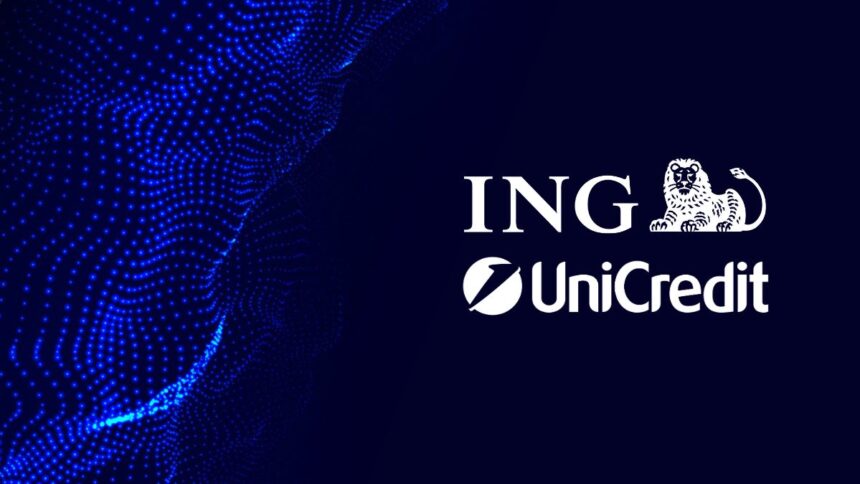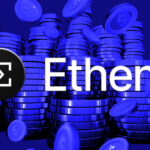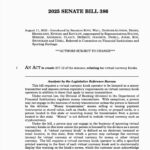European Banks Launch Euro-Pegged Stablecoin Compliant with MiCA Framework
A coalition of prominent European banks has teamed up to introduce a euro-pegged stablecoin that aligns with Europe’s Markets in Crypto-Assets (MiCA) framework.
Among the nine banks involved in the creation of this euro-denominated stablecoin are Dutch lender ING and Italy’s UniCredit, as stated in a joint announcement released by ING on Thursday.
Details on the Euro-Pegged Stablecoin Initiative
This stablecoin, developed in accordance with the MiCA regulation, is anticipated to be launched in the latter half of 2026, aiming to establish itself as a reliable European payment standard within the digital landscape.
The announcement highlights that this initiative is in line with Europe’s objective to provide a local alternative to the US-dominated stablecoin market and enhance the EU’s strategic autonomy regarding payments.
Along with ING and UniCredit, other participants in the European stablecoin initiative include Spain’s CaixaBank, Denmark’s Danske Bank, Austria’s Raiffeisen Bank International, Belgium’s KBC, Sweden’s SEB, Germany’s DekaBank, and another Italian bank, Banca Sella.
A new company has been formed, headquartered in the Netherlands, which is ING’s homeland, to manage and oversee the development of the stablecoin.
The banking consortium mentioned in their announcement that they are open to welcoming additional banks to join this stablecoin project.
As per ING’s statement, the proposed euro stablecoin aims to deliver “near-instant, low-cost payments and settlements,” providing 24/7 availability for cross-border transactions.
This stablecoin is also expected to facilitate programmable payments and enhance supply chain management and digital asset settlements that range from securities to cryptocurrencies.
“Digital payments are crucial for the new euro-denominated payments and financial market infrastructure,” stated Floris Lugt, ING’s digital asset lead and joint public representative for this initiative.
“We believe this development necessitates a collaborative industry approach, and it’s essential that banks maintain uniform standards,” he added.
The announcement regarding this joint stablecoin endeavor by leading European banks emerged shortly after Piero Cipollone, a member of the European Central Bank Executive Board, estimated that the EU’s digital euro could be a reality by 2029.
Cipollone, who is also the deputy governor of the Bank of Italy, indicated that the European Parliament is expected to define a general framework for the proposed central bank digital currency (CBDC) by May 2026.
Given the lengthy development timeline of Europe’s potential CBDC—under consideration since 2020—some online observers referred to the new stablecoin launch as a “digital euro’s obituary notice.”
Others have speculated that this forthcoming stablecoin may function as a “backdoor CBDC,” although by definition, a CBDC should be issued directly by a central bank.
The preference for stablecoins over CBDCs is not a novel trend. In early 2025, the Trump administration made a landmark decision to halt CBDC development in the United States, while committing to bolster US dollar-backed stablecoins as a pivotal element of its financial strategy.


















